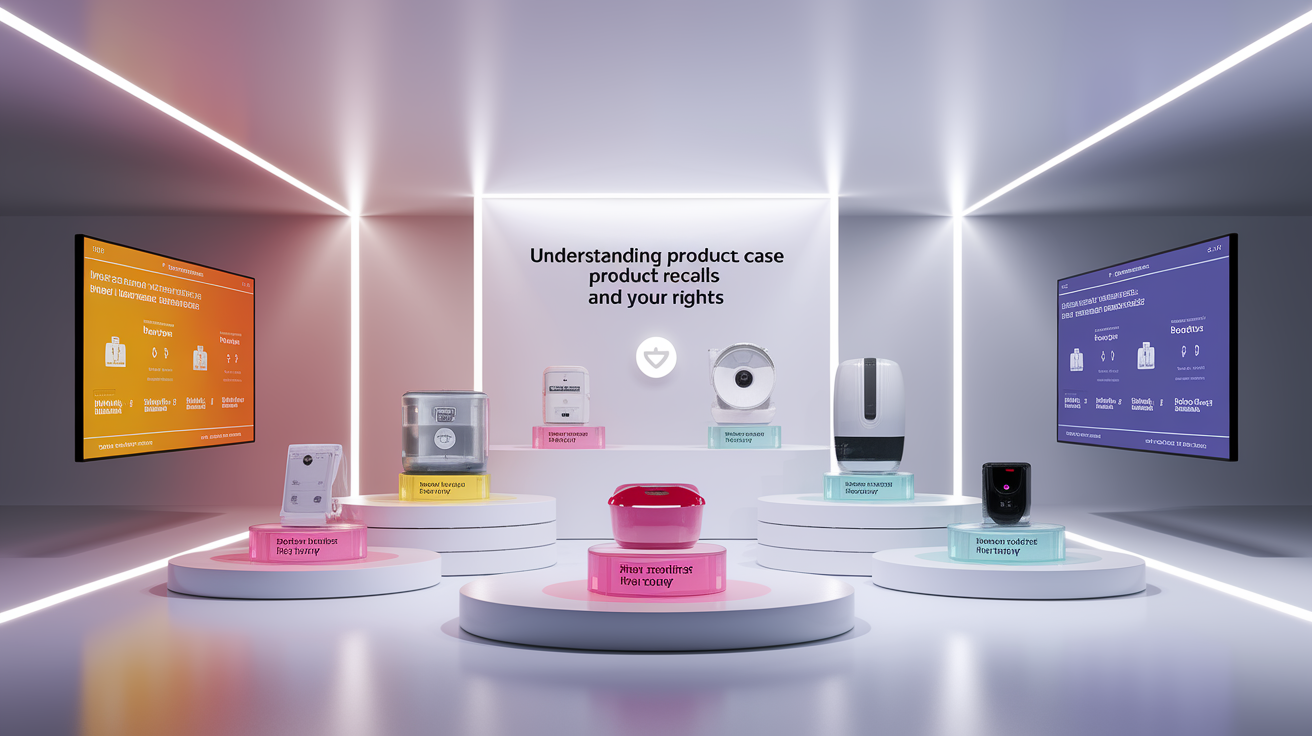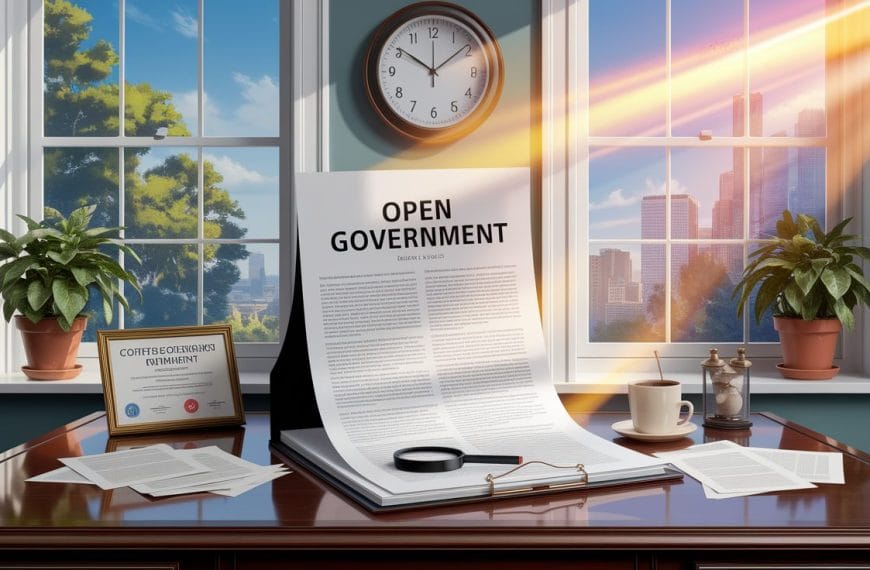Understanding Product Recalls and Your Rights
It can feel overwhelming when you hear about a product recall—like standing at the bottom of a mountain without climbing gear, wondering where to even start. The term product recall refers to the removal or correction of products that are found to be defective or unsafe. This action can be triggered voluntarily by the manufacturer or ordered by a government body such as the Consumer Product Safety Commission (CPSC) or the Food and Drug Administration (FDA).

The aim is straightforward: prevent harm, protect the public, and repair trust. Recalls may target any product—from faulty car parts to unsafe children’s toys. As explained in this overview of product recall liability, even when a recall is issued, manufacturers can still be held financially and legally accountable for the harm caused before (and sometimes after) the recall.
Your rights during a recall are grounded in consumer protection principles—the right to safe products and clear instructions on what to do if a defect or safety hazard is discovered. You’re also entitled to remedies like a free repair, replacement, or refund if you own the affected item. According to this guide to recalled product legal remedies, these entitlements are backed by law and regulatory frameworks designed to keep you safe.
Identifying When a Recall Affects You
How do you know if a product recall affects you? That’s the first critical question. The answer comes down to awareness. Recalls are typically publicized through multiple channels: press releases, company emails, social media posts, and listings in official recall databases. For example, the CPSC maintains a searchable recall registry online.

Here’s where to look:
- Official recall databases from agencies like the CPSC and FDA
- Manufacturer or retailer recall announcements on their websites and in stores
- Email or postal notifications sent to registered customers
- News coverage and consumer advocacy alerts
Remember, registering your product at purchase increases the chance you’ll receive direct recall notifications. And if you suspect a defect but haven’t yet seen an announcement, you can—and should—report it directly to the relevant agency.
Steps to Take After a Product Recall
So you’ve confirmed your product is on the recall list. What next? Here’s a practical path forward:

- Stop Using the Product Immediately. Continued use could risk injury or further damage.
- Check the Recall Notice. Read the official recall notice carefully—it will explain the defect, hazards, and the recall procedures you need to follow. See this fact sheet on understanding a product recall for examples.
- Follow Return or Repair Instructions. This can include mailing the product back, visiting a service center, or scheduling an in-home repair.
- Document Everything. Keep records of communication, receipts, and shipping confirmations in case you need proof later.
- Seek Remedies. Most recalls offer a repair, replacement, or refund at no cost. If your case involves injury or loss, consider speaking with an attorney.
Some recalls have deadlines, so act quickly and don’t assume you can wait indefinitely. Prompt action protects both your safety and your legal rights.
Exercising Your Consumer Rights and Seeking Remedies
Knowing your rights is one thing; exercising them is another. You have the right to be notified promptly, receive clear instructions, and obtain fair remedies. But what if the recall cost you more than just the price of the product—say, physical harm or financial loss?
In those circumstances, you may be able to take legal action. As described in this outline of legal remedies, consumers can file product liability lawsuits for manufacturing defects, design flaws, or inadequate warnings. If many people were similarly affected, you might join a class action lawsuit. Claims can cover medical costs, property damage, lost wages, and more.
Key steps in pursuing compensation include:
- Documenting the defect and its impacts
- Keeping the product (if safe to do so) as evidence
- Consulting with a consumer law attorney experienced in recalls
- Filing formal reports with relevant regulatory agencies
Legal action isn’t always the fast option, but for serious harm, it often provides the fairest resolution.
Preventing Future Issues: Best Practices
While you can’t prevent every product defect, you can increase your protection. Prevention is much calmer ground to stand on than damage control after a safety recall.
- Register Your Products. This ensures you’re contacted directly about recalls.
- Check Recall Databases Regularly. Visit the CPSC’s or FDA’s online lists monthly to stay informed.
- Buy from Reputable Sources. Reliable brands and retailers follow safety standards more diligently.
- Report Issues Early. Alert manufacturers and agencies when you detect potential defects.
- Stay Informed Through Consumer Advocacy Groups. They often publicize recalls faster than official channels.
Ultimately, vigilance and timely action are your strongest allies. By understanding the recall process, asserting your rights, and following best practices, you not only protect yourself—you help create a safer marketplace for everyone.















